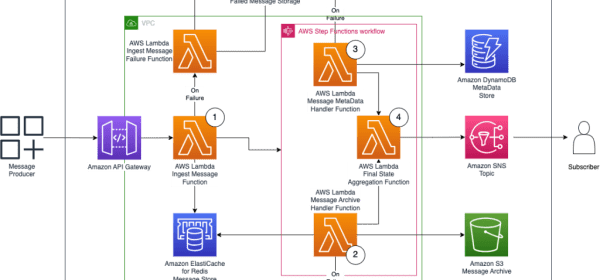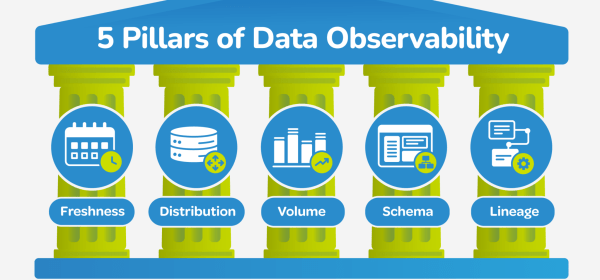Elon Musk’s xAI has launched Grok-1, a colossal 314 billion parameter language model under the Apache 2.0 license, marking a milestone in open-source AI. Grok-1 utilizes a Mixture-of-Experts model and boasts 64 transformer layers, setting a new standard for AI models. Its release signifies a new era of collaboration and innovation in AI.











